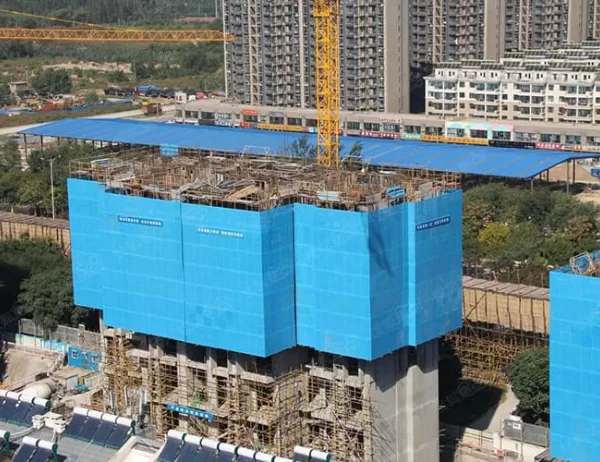Best Practices for Working with 15mm Aluminum Tubes: A Complete Guide
Introduction:
15mm aluminum tubes are versatile and lightweight materials widely used in industrial, commercial, and DIY projects. To ensure optimal performance and longevity, it’s essential to adhere to industry best practices when working with these tubes. This comprehensive guide will delve into the key aspects of selecting, preparing, connecting, and maintaining 15mm aluminum tubes for exceptional results.
Selecting the Right Tube:
Grade: Choose an aluminum alloy grade appropriate for your application’s strength and corrosion resistance requirements.
Diameter: Determine the correct diameter to match the intended load and connection type.
Length: Accurately measure the required length and allow for end preparation.
Preparing the Tube:
Cutting: Use a sharp saw blade specifically designed for cutting aluminum to achieve clean, precise cuts.
Deburring: Smooth the edges of cut tubes to remove any sharp burrs that could weaken the connection.
End Finishing: Prepare the tube ends to match the chosen connection method, such as threading, flaring, or welding.
Connecting Tubes:
Welding: Use specialized aluminum welding techniques to achieve strong and durable connections.
Threaded Connections: Thread the ends of tubes and use appropriate bolts or screws for secure attachment.
Flaring Connections: Expand the tube ends using a flaring tool to create a connection suitable for high-pressure applications.
Other Methods: Explore alternative connection methods such as press-fit or adhesive bonding for specific requirements.
Maintaining the Connection:
Corrosion Protection: Apply a protective coating or sealant to the connections to prevent corrosion and maintain integrity.
Periodic Inspections: Regularly inspect the connections for signs of wear, damage, or corrosion.
Tightening: Ensure all bolts or screws are adequately tightened according to manufacturer specifications.
Additional Considerations:
Safety: Wear protective gear and follow safety protocols when working with aluminum tubes.
Proper Storage: Store tubes in a dry and well-ventilated area to prevent oxidation and damage.
Quality Assurance: Use high-quality materials and components to ensure the longevity and performance of your project.
:
By following these best practices, you can effectively work with 15mm aluminum tubes to create strong, durable, and reliable structures. Adhering to proper selection, preparation, connection, and maintenance techniques will enhance the performance and lifespan of your projects while ensuring safety and efficiency.




